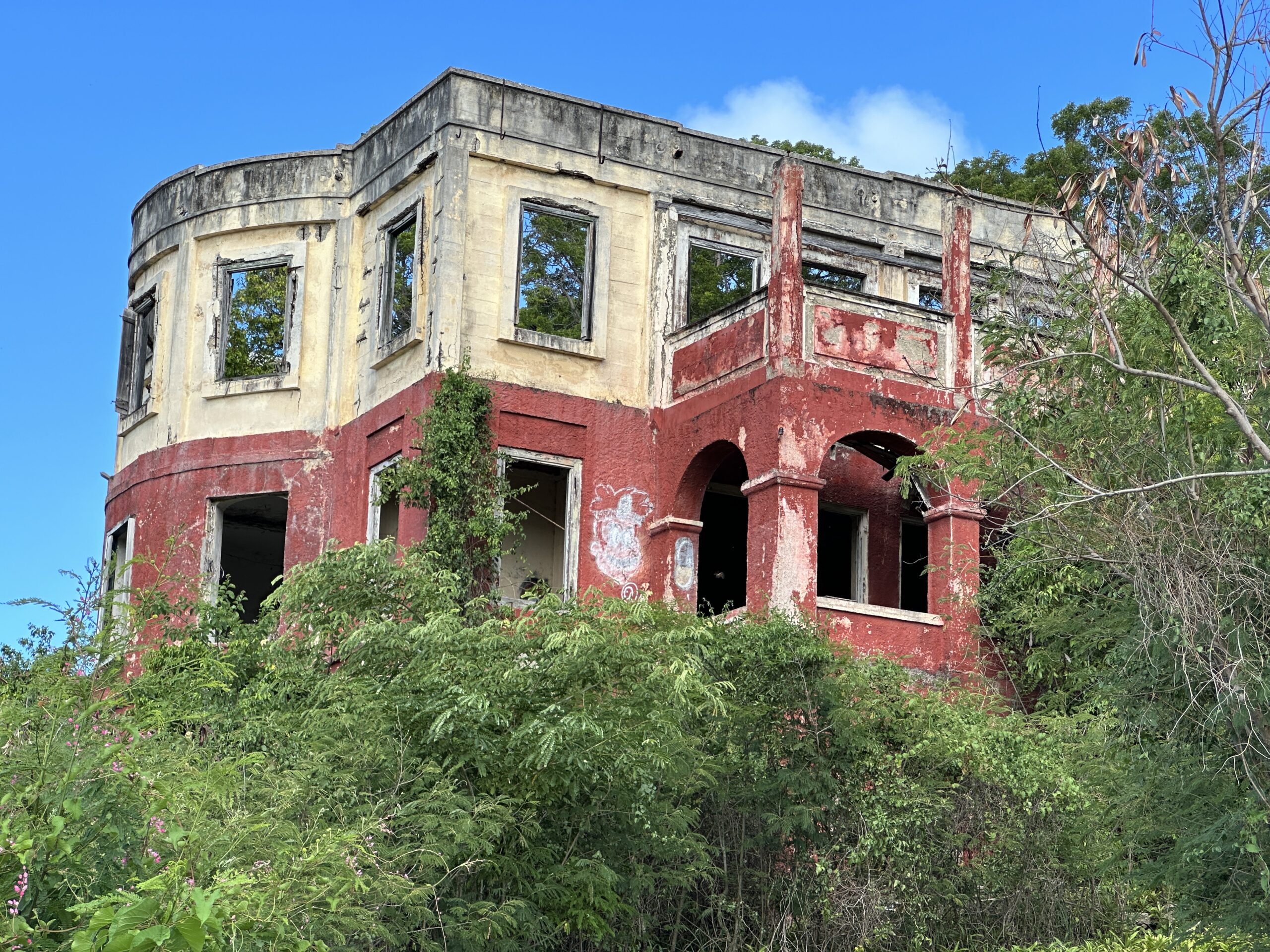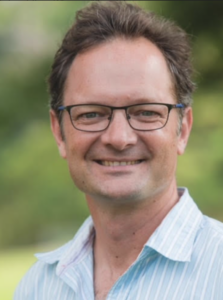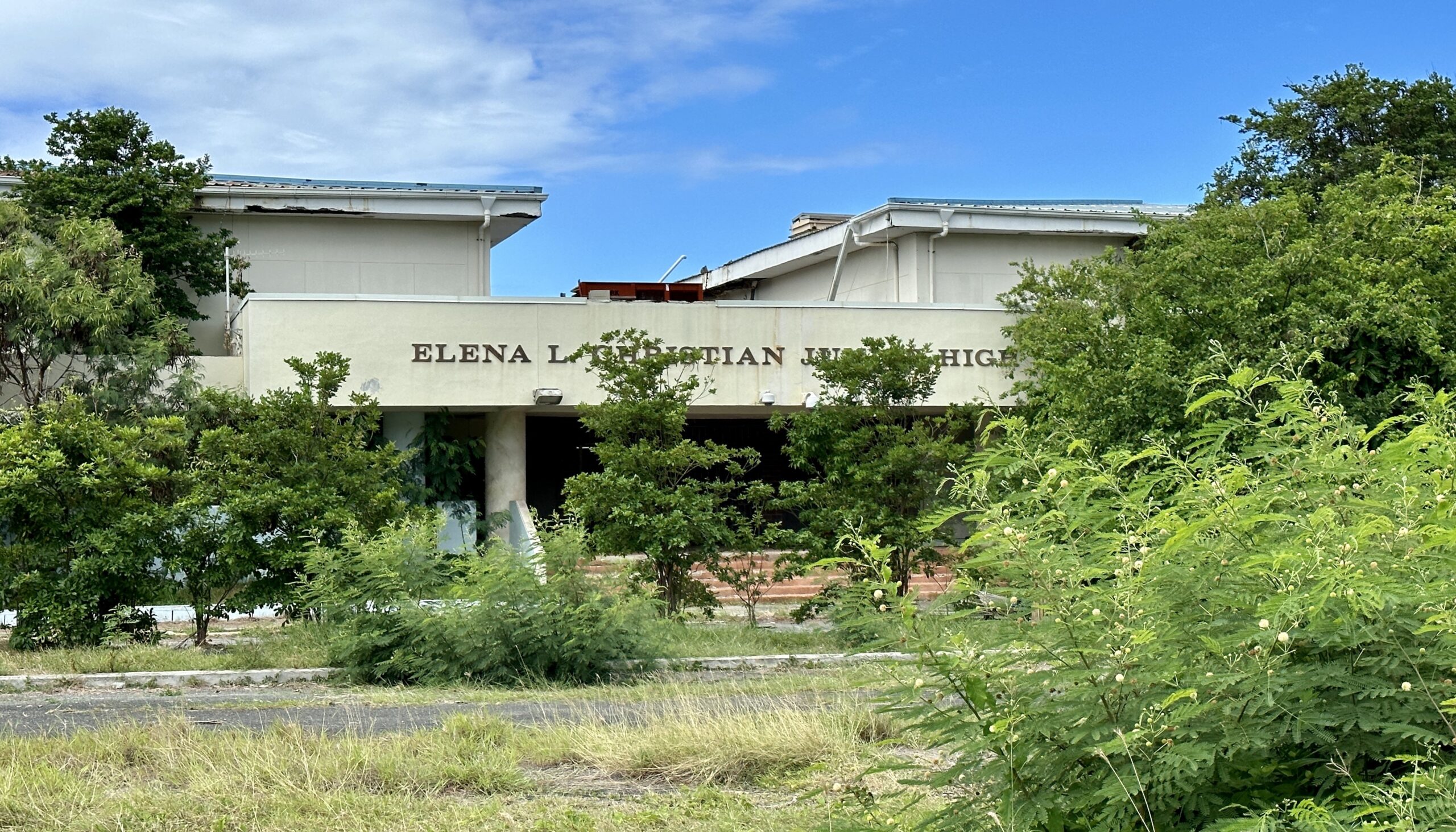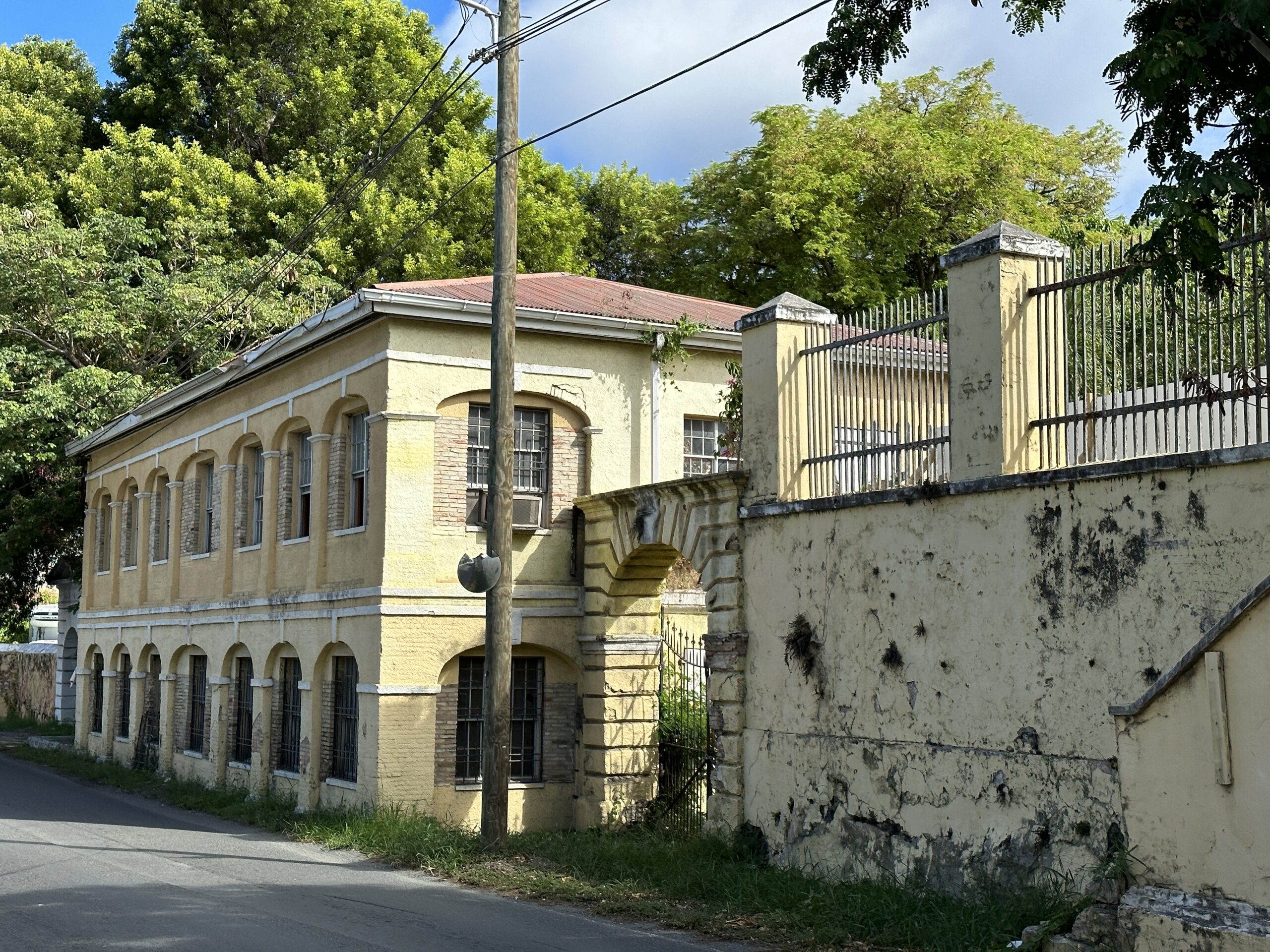
The V.I. Abandoned and Derelict Real Property Act is a debt collector’s dream. If this bill passes in the Senate, Virgin Islands families be warned: Your legally owned real property may be sold without your consent by an uninvited investor. I’m opposed to this draft legislation and I’d like to share why.

This is the second recent attempt to pass a law to enable outside investors to take control of neglected locally owned homes and commercial buildings. The first attempt was unpopular and failed. Community members were concerned that the legislation would let investors take property from local owners. Wealthier people would profit, leading to further gentrification as well as unjustly depriving many local Black families of the opportunity for generational wealth. This most recent version of the law does the same thing, but with a time delay and more red tape. Instead of outright taking of properties, the legislation enables people of means to create a civil debtors’ prison. How? Without permission from the property owner, an outside investor can proceed with renovations as if they already own the property and charge the real owner for the work they do on the property. When the real owner can’t pay on the debt the investor (called a “conservator”) can sell the property they don’t own to collect on the forced debt.
Gov. Albert Bryan Jr. was quoted in the Virgin Islands Source: “Although the conservator is taking control of the property, the title and the legal ownership of the property would remain with the family, individual, organization, whatever it was before. The owner would retain the legal right to that property.” This is a half-truth that misleads the public and it fails to mention the major motivation of the conservator: to turn a profit. This is most easily accomplished by racking up debt against the property owner and then collecting on the debt by selling the property. This is a land grab, pure and simple.
This bill has the same problem as the previous bill but with a longer timeline, a bureaucratic court process and a less than genuine representation of the investor’s motivation. This bill rewards investors for fixing up a property that they never had to buy and then puts the owner in debt against their wishes.
Fundamental to understanding the relevance of this bill is understanding the issue of generational wealth in the U.S. Virgin Islands. Because these islands are rooted in a past of colonial oppression and enslavement, Black families on St Croix, most of whom are descendants of enslaved people, have been systematically deprived of generational wealth for centuries. What wealth their ancestors had in Africa was gone when they were kidnapped and stolen from their home. Once slavery officially ended in 1848 there was a period of 30 more years where people still weren’t free. At that point, most Black families on the island had no monetarily valuable assets. In the century that followed, what little real estate Black families owned came from a start of no money (with essentially no banks or lending market to assist them).
Remember that when slavery ended on St. Croix, a form of reparations was paid, but not how they should have been. White slave “owners” were compensated by the government for losing their slaves. That was the compensation paid: money to the slave owners and not the enslaved. The people that were enslaved and just gained their freedom weren’t paid a dime for the deprivation of their liberty nor the free labor they had been forced to provide, generation after generation. To this date, reparations have not been paid to the enslaved nor their descendants.
One hundred years after people became free in the U.S. Virgin Islands gets us to 1978, just a few generations later. And that brings us into many of our own lifetimes. Families today and over few generations had to work to provide an inheritance to their children, have had to navigate hurricanes, WAPA, termites, economic downturns, educational inadequacies, health issues, pandemics, bad roads, one of the highest murder rates globally, loss of fish stocks, the purposeful sabotaging of the middle-class agricultural sector, environmental degradation, a bureaucratic government, a backed-up court system, and an exodus of many people on the island moving stateside. Think of all the issues that the upper and middle class face on St. Croix and now think about how hard it is to overcome those issues while living on poverty wages. The median household (not individual) average income in the Virgin Islands is about $40,000. About one in six families today lives below the poverty line.
This history and circumstances are big reasons why there are so many dilapidated buildings in the Virgin islands. And they are important issues to remember before enacting legislation to strip Black families of the real estate they and their ancestors worked so hard to own.
So, before we take a giant step backwards and wipe out 175 years of work to build generational wealth and own property, let’s put all of this into perspective.
There is a problem with dilapidated buildings here and we do need a solution to fix it. This draft legislation correctly spells out lots of issues that do need to be addressed. These issues include safety concerns, community economic health, and loss of preserved history. So, if this bill isn’t the solution, then what can we do? Can we find solutions that lift up the community?

1. Make reparations a priority. I’ll repeat that this problem stems from the fact that reparations have not been paid. We should all remember this and bring this issue front and center until this injustice is addressed with meaningful compensation. There are many ways that reparations can be addressed. Increasing the quality of life for descendants of enslaved people is the goal.
- Rather than adding more burden to the courts, let’s work on getting the courts to operate effectively. Our Superior Court system is lagging way behind. The presiding judge is often not in court and the backlog of cases is over a decade old. Probate issues are often cited as a cause of abandoned properties. We can start by getting our court system to function so it can be better prepared to efficiently adjudicate probate cases and keep things moving in a timely manner. It is important to recognize that the proposed legislation adds to the burden of the already dysfunctional court system by making the courts in charge of how these abandoned properties will be put into conservatorship, approving leases and ultimately taking the property from owners based on unpaid liens. All these issues are added to the list of responsibilities that the underperforming court system will be burdened with.
- Before we blame property owners for failing to keep up with property repairs, let’s get the government to keep up with road and utility repairs. We must take care of our own house first. This means that our government can prioritize issues to make life easier for everyone. The government can fix more roads, and work on the issue of getting WAPA to provide affordable, and consistent water and electricity. Many of these buildings are in commercially zoned historic towns. Commerce is hard to sustain when power costs three times more than it does stateside and customers don’t want to visit you because the roads are so bad. We’ve all seen businesses begging the government to fix the roads so their customers can get to them.
- Let’s focus on creating more loan and grant programs for property owners and renters. The Housing Finance Authority has several opportunities to be awarded additional federal funding and to spend funds that will otherwise need to be returned to the federal government. Many communities across the United States offer facade grants in historic neighborhoods. These grants or very low-interest loans provide funding for property owners and renters to improve the outward appearance of properties. This can help drive momentum for historic preservation at a deeper level and it certainly helps stimulate economic growth. So, while the building’s facade is only skin deep, this step can be a catalyst for more thorough investment. The government could also provide loans directly or guarantee loans made by banks (requires less capital from the government) to property owners to fix up dilapidated buildings. I know the UVI Research and Technology Park is ready to lend a hand with this. They have incredible experience and can aid in getting more federal funds allocated to preservation and community revitalization. And I bet there are federal funds that can be leveraged to do more to strengthen buildings for hurricane and earthquake resilience.
- Let’s use our recent National Heritage Area designation for more historic preservation funding. The government could appoint an additional position dedicated to helping property owners apply for federal historic preservation funding. This would be a position that would keep track of grants and low-interest loans available and help people get those grants working to improve their buildings.
- The government needs to reflect on its track record of abandoning buildings and elevate the neighborhoods by being an example of property stewardship. The V.I. government left a big economic hole in Frederiksted when the Legislature abandoned the town by moving out. The old legislature building stands dilapidated and abandoned. Libraries have been closed for years. The Frederiksted Pier is closed to the public. The pier was an important gathering and recreational place for the community. And the government owns lots of property that is neglected, contributes to blight and hurts the economy.
- Expand the role of the Office of Gun Violence Prevention with more community engagement. We need to address the violent crime issue to protect families and restore community safety.
I’ll add that our government already has the power and existing regulations put in place to maintain safe buildings and improve neighborhoods.
- The government already has a process in place (though certainly far from perfect) to put tax liens on properties and sell properties at auction for unpaid property taxes. If the owner is paying the property taxes, that is probably a sign that the government shouldn’t be appointing someone else to take possession.
- The Department of Planning and Natural Resources has many powers to enforce health and safety issues. Rather than enact this bill, simply have DPNR proceed with powers already entrusted to them.
- There are unenforced laws about trash, loitering, and safety issues. Communities all across the United States already enforce similar laws. Our government simply chooses not to.
Government and our community should never underestimate its collective power to help each other. Not all actions need to be accomplished by passing laws. Government officials have the benefit of their office to get the attention of the people and the press. We can advance issues by galvanizing public support. The Midre Cummings Community Park (the kids’ playground) in Frederiksted is a beautiful example of how the community stepped up to fix up a dilapidated asset. About 90 volunteers a day came together to build that playground. It was wonderful to work with so many people in the community sharing their time to make sure the children have an engaging playground.
The Sea Walls Project and Clean Sweep Frederiksted both have organized volunteers to paint murals. We can do similar projects in many other places in Frederiksted and in the other historic towns in the V.I. There are plenty of places where we can roll up our sleeves and get to work as a community. The beloved United Caribbean Association (U.C.A.) building still needs a new roof, the libraries need renovations, and plenty of buildings need paint. The police station in Christiansted stands at the entrance to town and looks terrible. Paint would go a long way towards revitalization in that location. And our public schools have several projects that need immediate attention. People are willing to help — we need the authorization and invitation to step up together.

With a grant from the U.S. Department of Interior Office of Insular Affairs, the Virgin Islands Architecture Center for Built Heritage and Crafts will take the first steps in fulfilling the organization’s mission – to rebuild the Old Barracks Property into an educational center to teach, train and certify Virgin Islands students in historic preservation and building trades.
Want to take even more steps to restore our historic towns, boost the economy and fix abandoned buildings? Engage with the groups like the St. Croix Foundation, Crucian Heritage and Nature Tourism, the National Trust for Historic Preservation, and the Virgin Islands Architecture Center for Built Heritage and Crafts. These organizations and others are already working to restore historic structures and engage with the community. Ask them how the government can help and seek out their suggestions for ways to fix up abandoned buildings. A program to restore historic buildings should be carried out with the support and enthusiasm of these groups and not in disagreement with them.
Please consider your own position on this bill and share your thoughts on this proposed legislation with your senators. Let’s rally together and start working on revitalizing our towns in ways that honor history, embrace the islands’ residents and plan for a sustainable economy.
— Ryan Flegal is a steward of the Feather Leaf Inn at the historic Estate Butler Bay on St. Croix. He rode his bicycle 12,000 miles across 13 countries from Los Angeles, California to Rio de Janeiro, Brazil and, ever since, has been inspired to work on sustainable solutions to local and global issues.


